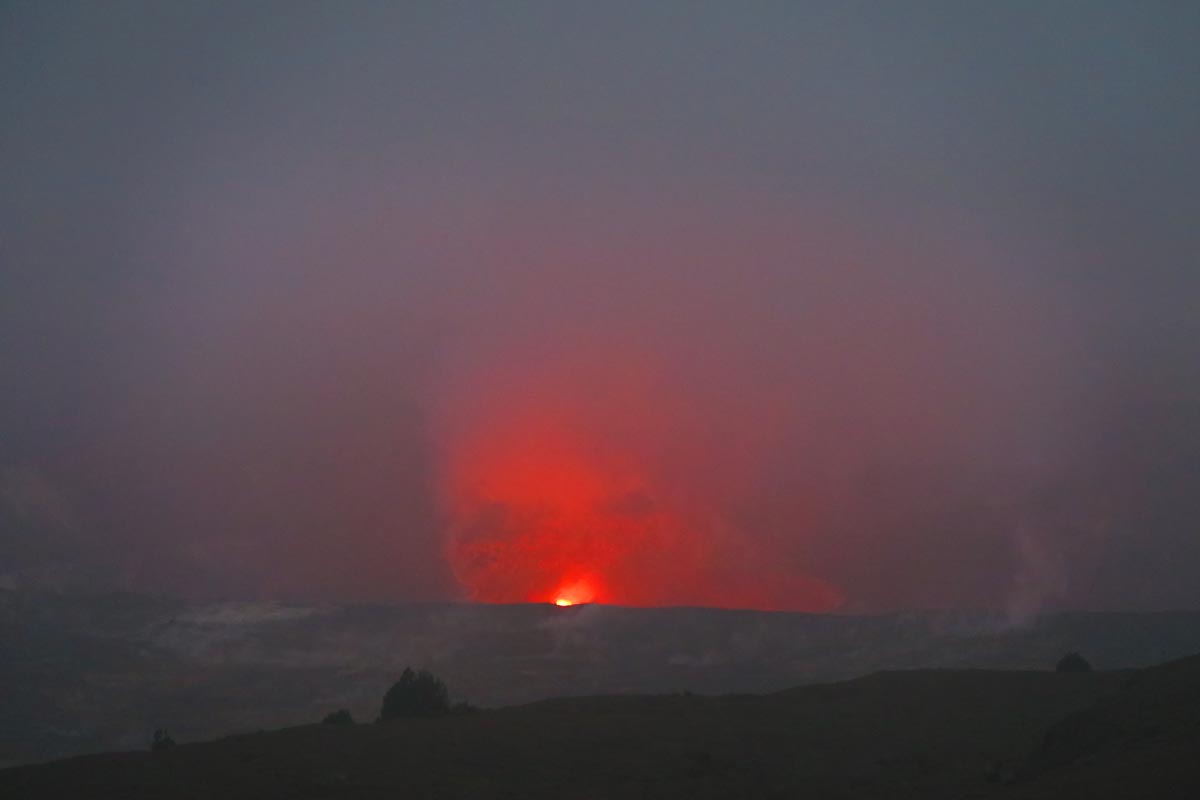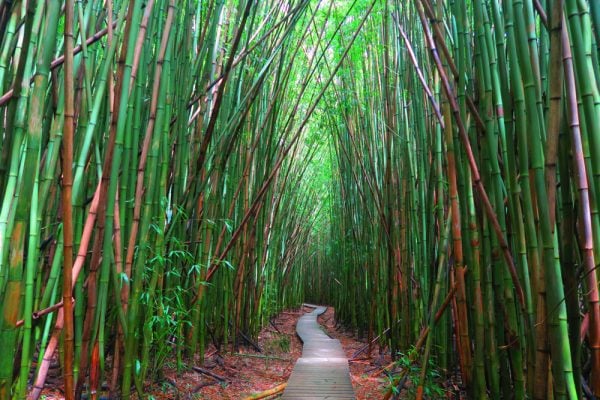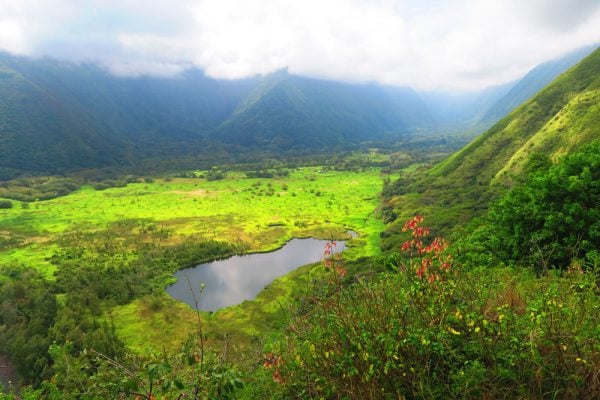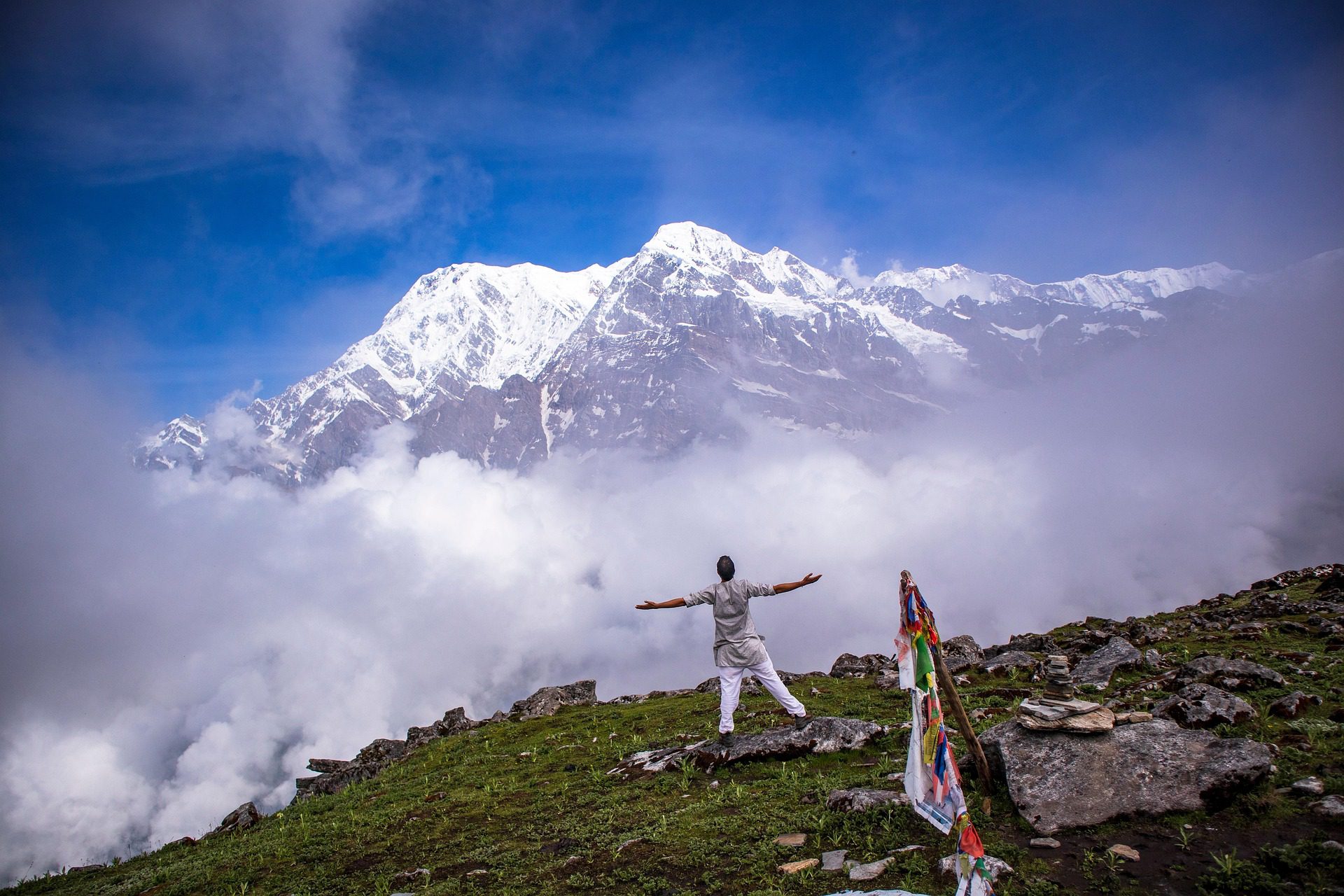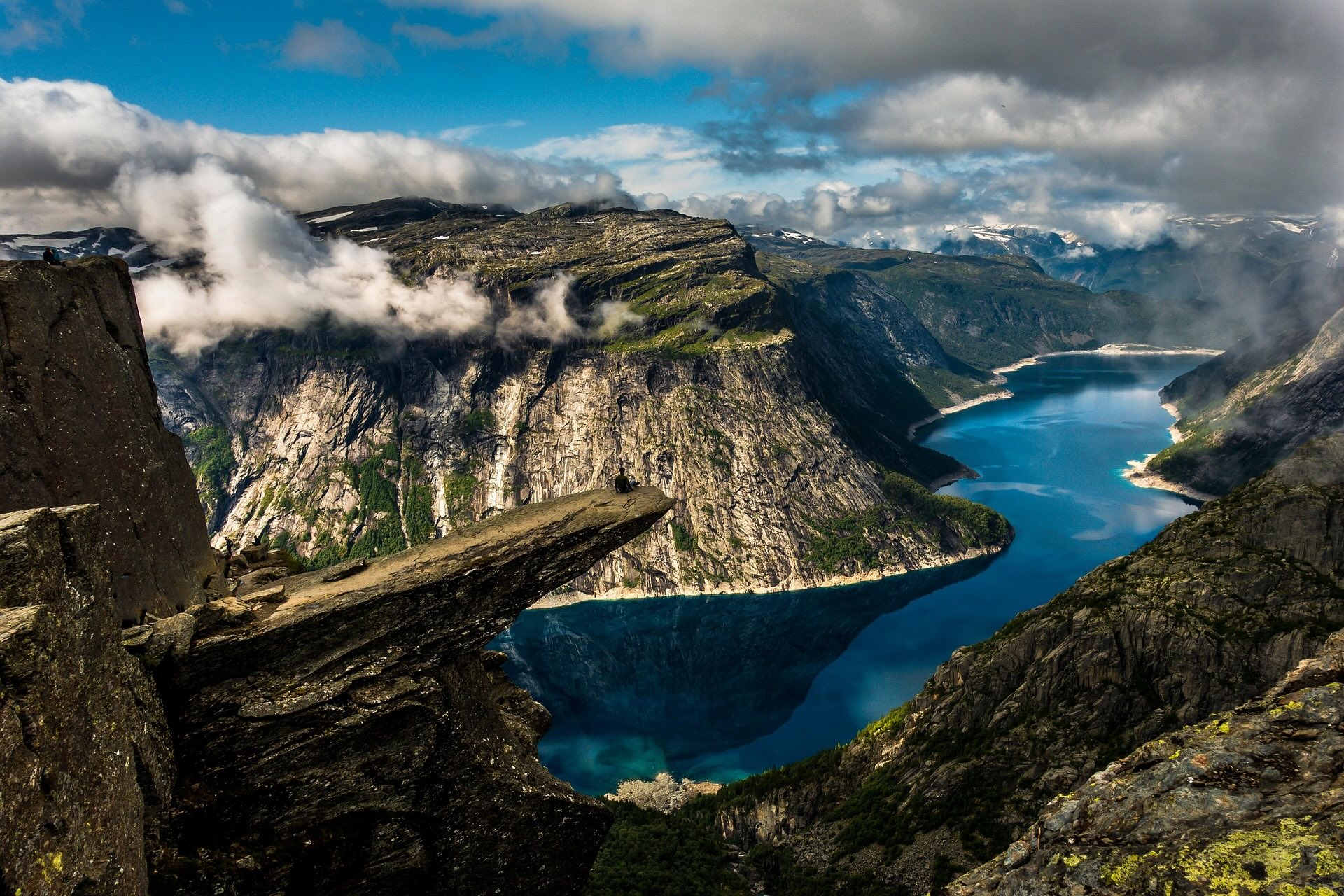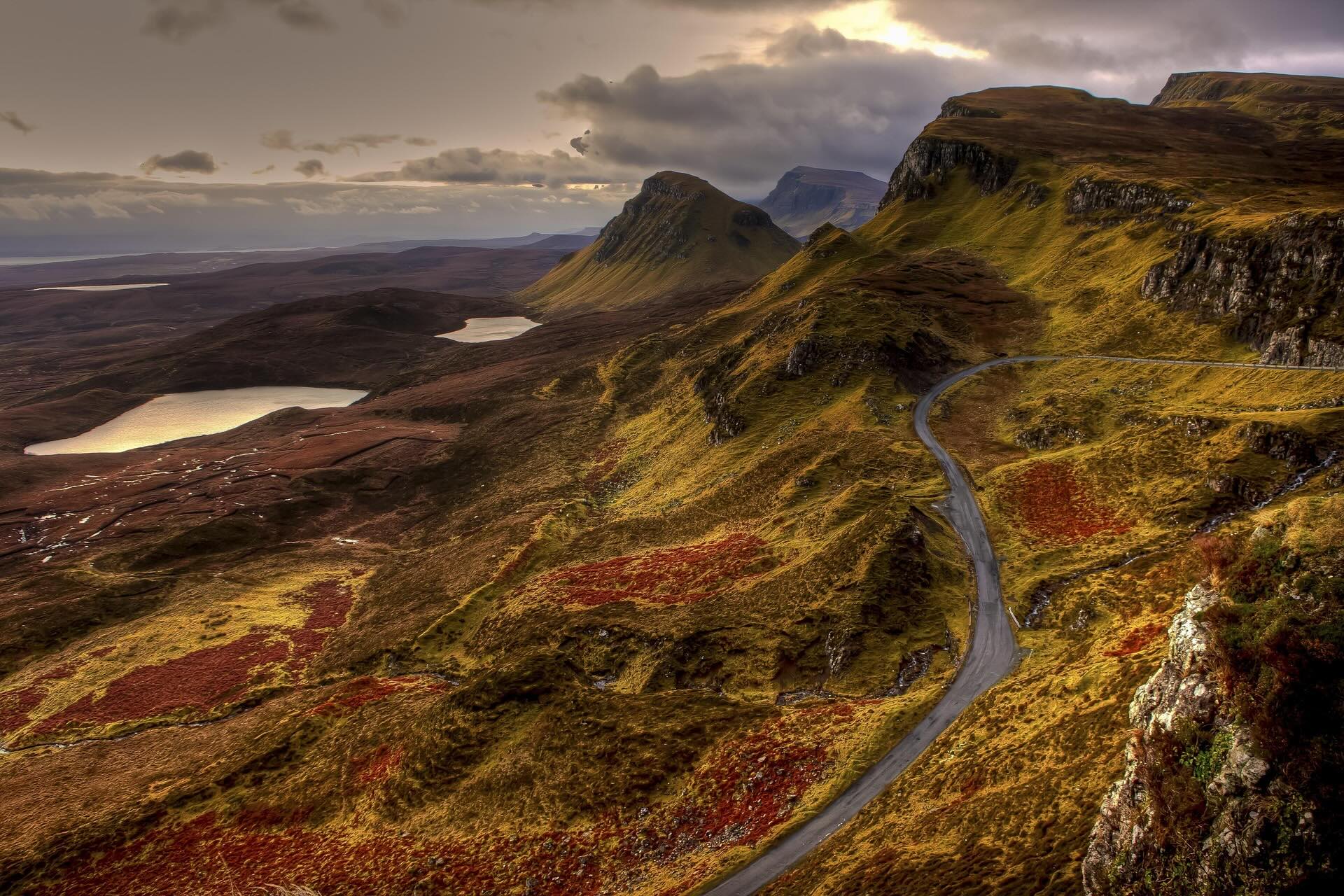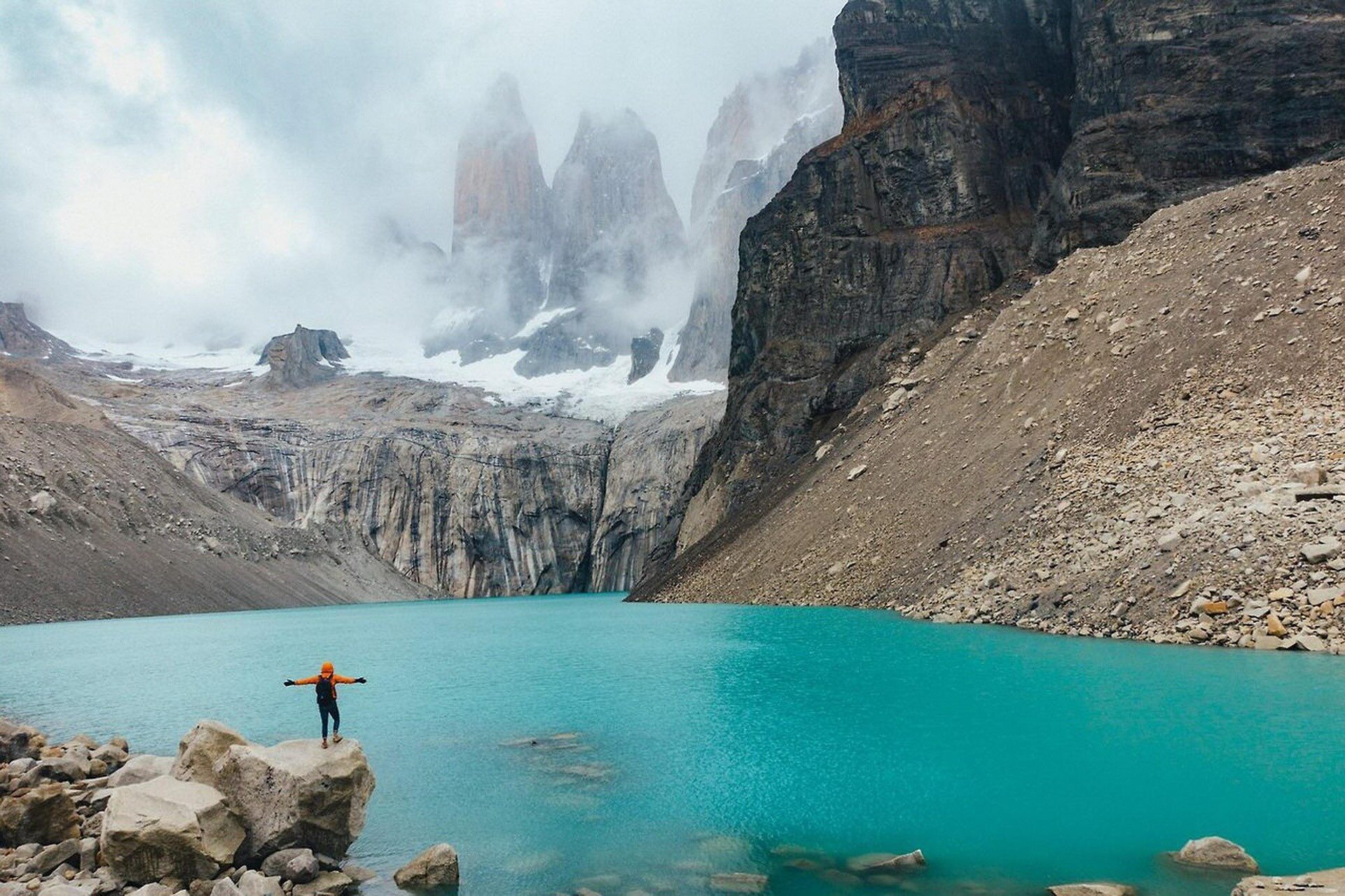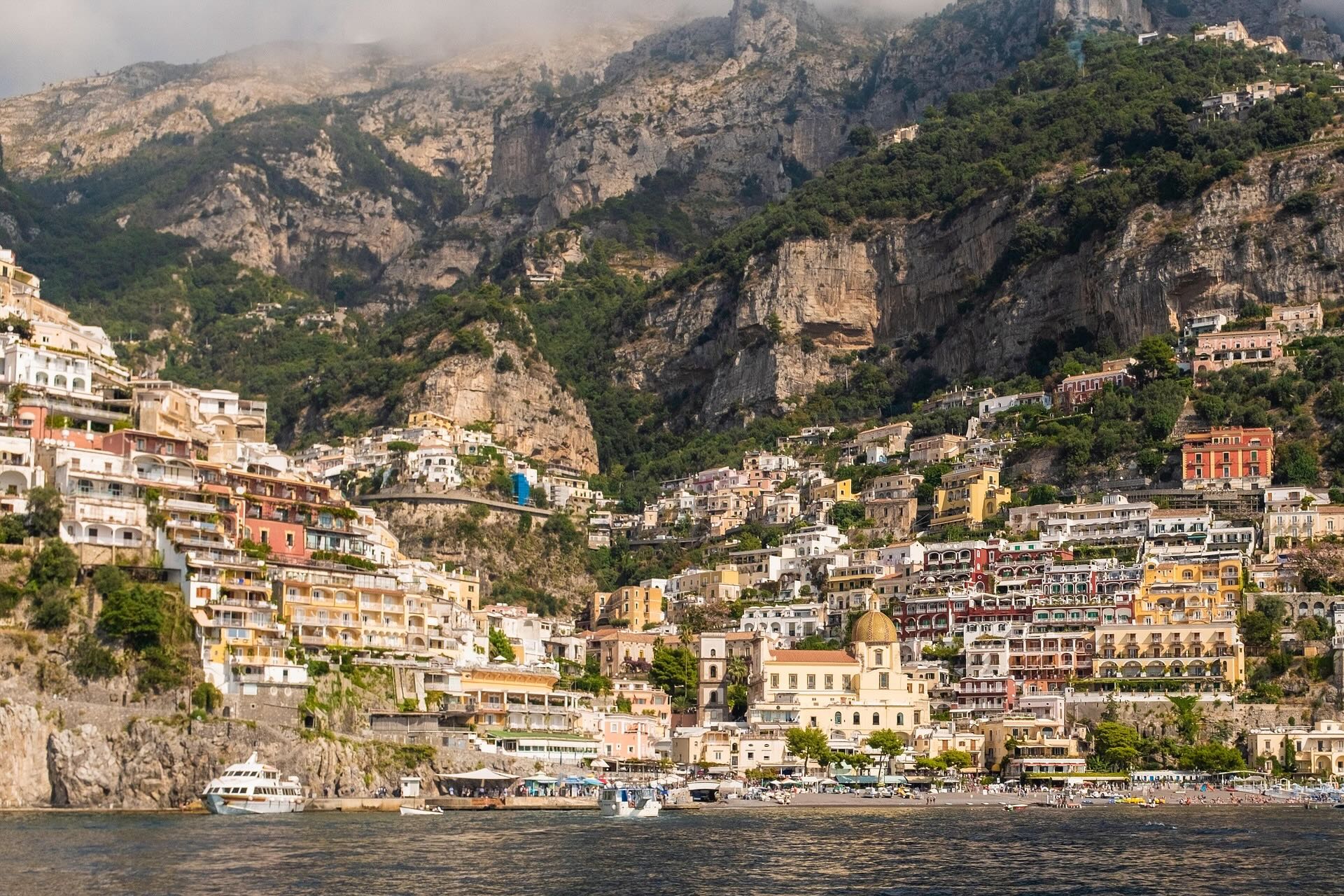5 Days In The Big Island Itinerary
Day 4: Hawaii Volcanoes National Park
Day four of our Big Island itinerary acquainted us with the island’s ruling element: fire! You cannot visit Hawaii without visiting Hawaii Volcanoes National Park. The park is home to the Kilauea Volcano, one of the planet’s most active volcanoes, enlarging the Big Island since 1983.
Note that you could spend multiple days in the national park, hiking, camping and exploring. However, the itinerary presented here allows you to experience the very best of the park in a single full day.
Planning your day
Remember, Hawaii Volcanoes National Park is centered around a highly active volcano. As such, things constantly change. Closures and re-openings are frequent events, so planning and flexibility are required.
To maximize your sightseeing time and greatly reduce the long drive in the dark back to Kailua-Kona, switch accommodations for the next two days to the Hilo side. The Volcano House and camping are the only options inside the national park.
Check the national park’s official website before heading out to understand if any closures affect your plan. It’s best to do this research back home and plan your day. Stop at the visitor center upon entrance to finalize your itinerary and get some useful tips from park rangers.
The park has few food options, so bring a packed lunch, snacks, and water. Be prepared for changing weather with sweat-repelling clothing, rain gear, something warm for after sunset, and comfortable hiking gear (walking poles and binoculars are optional).
Never forget that volcanic activity is always taking place beneath your feet. Respect current conditions and instructions. Be aware that toxic vog is present in the air and may cause respiratory problems for some.
Because Kilauea is still active, lava viewing locations and access constantly change. It’s best to ask park rangers at the visitor information center about the lava viewing possibilities from within the national park or from accessible spots outside the park.
Kona to Volcanoes National Park
Get a very early start on this day and aim to be on the road by 8 am. It’s a 2.5-hour drive from Kailua-Kona to the park’s entrance, and there is one stop to make on the way. If you’re heading this way on a weekend or holiday, there will be some traffic, especially in one-lane road sections. Reaching the park by 11 am is OK; you’ll hang around here until sunset.
Stop in tiny Punalu’u for some of the Big Island’s best malasadas and sweetbread at Punalu’u Bake Shop. Then, grab sandwiches to-go at Hana Hou Restaurant and stretch your legs at beautiful Punaluʻu Beach.
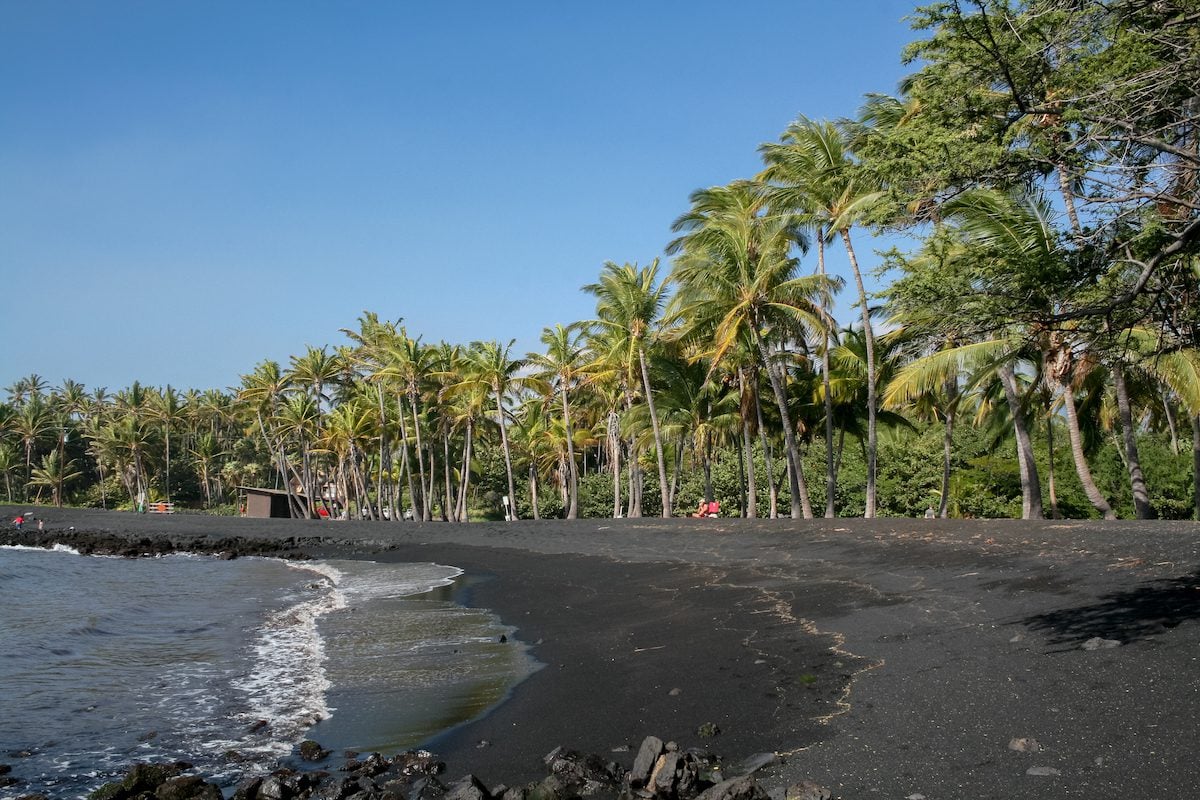
Kilauea Iki Hike
After stretching your legs at the visitor center, checking road/weather conditions, and stocking up on brochures, I highly recommend officially starting your visit with the Kilauea Iki hike. It is the most rewarding and longest highlight of the day, so it’s best to do this first. If there’s one hike to be done in the park, it is Kilauea Iki – a moderate hike that takes you to the moon and back.
Park at the Kilauea Iki Overlook and catch a glimpse of what’s ahead. The trailhead is on the side of the overlook, a well-marked path leading to the crater floor via a misty rainforest.
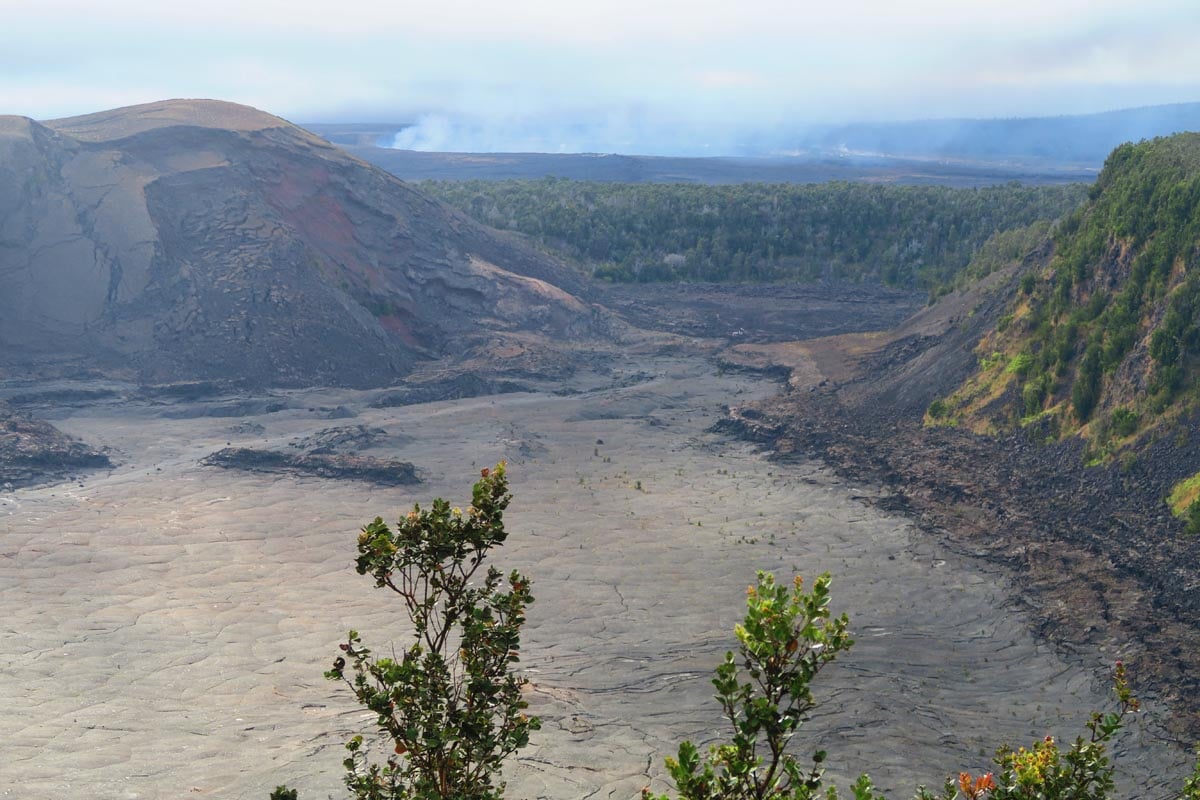
Things start to get interesting once you descend to the ancient lava lake. Down here, the look and feel is that of an alien landscape, filled with active steam vents, strange rock formations, and a smooth crater floor made of packed volcanic ash.
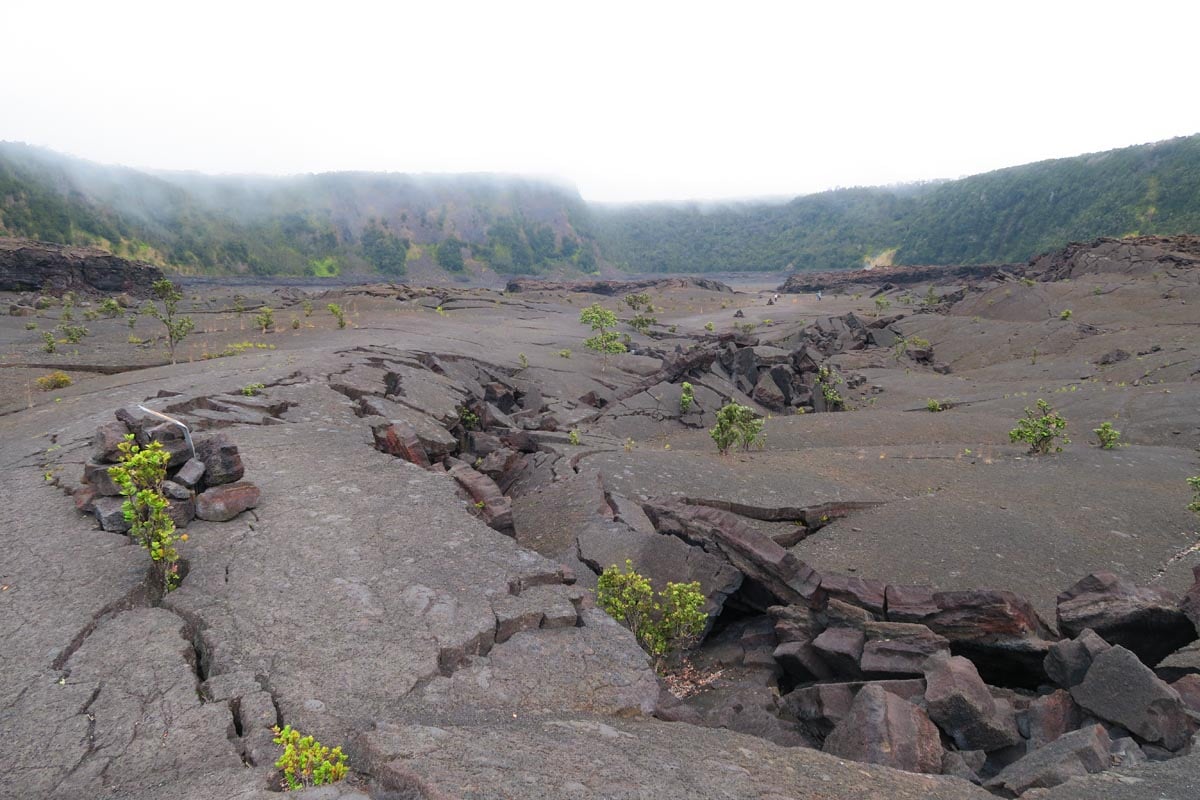
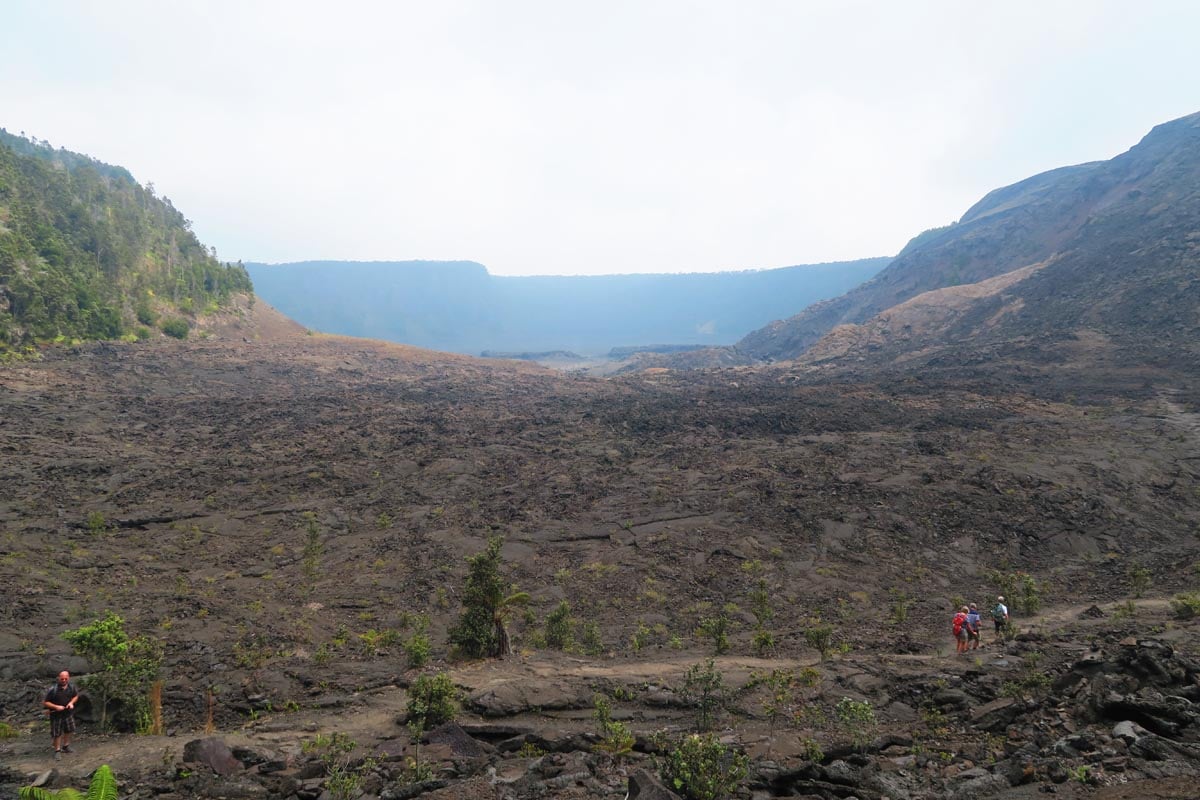
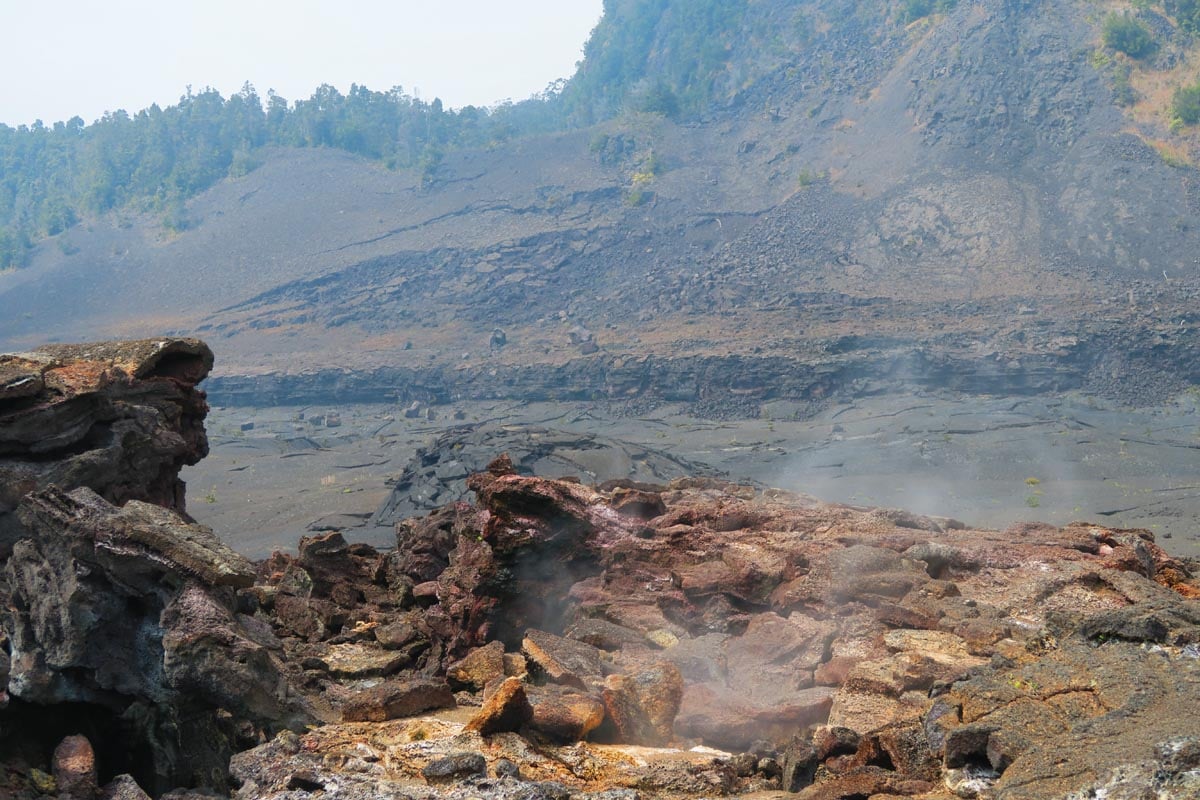
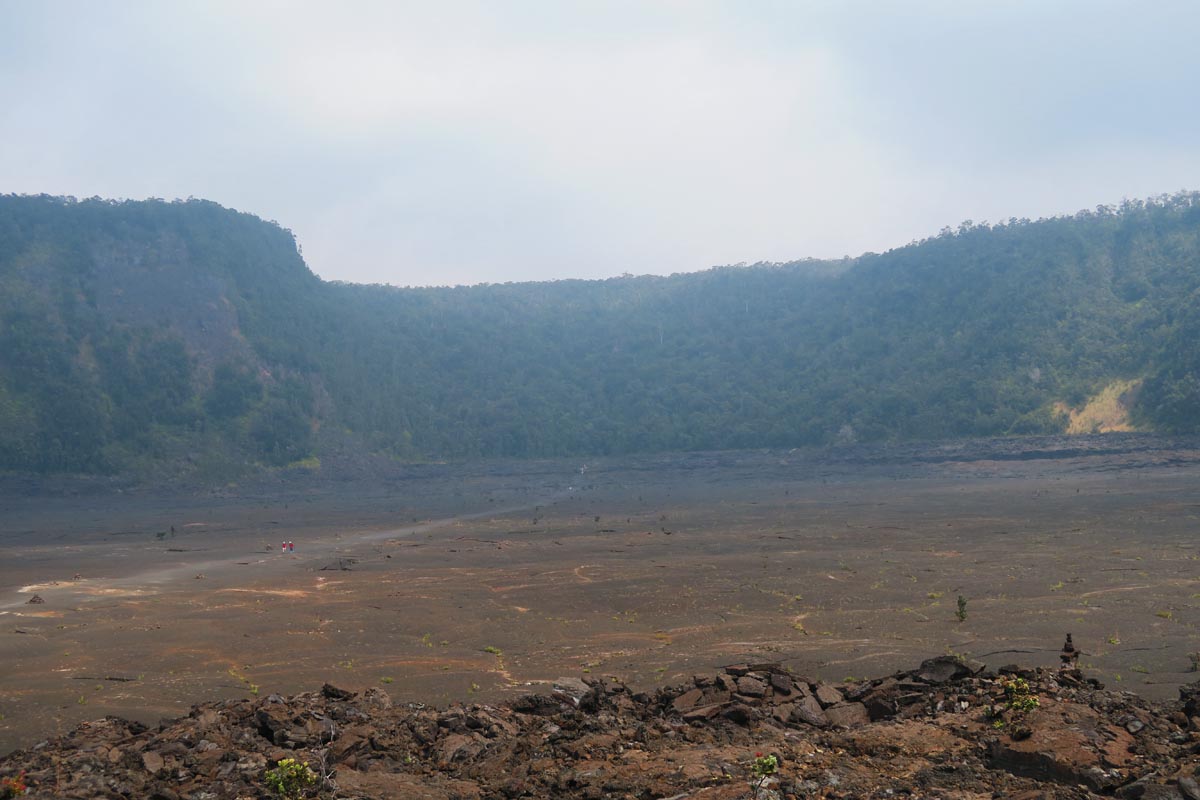
After walking the length of the crater floor, you begin the ascent back to the car park. Along the way, you’ll reach the entrance of the Thurston Lava Tube – our next stop.
Thurston Lava Tube
The Thurston Lava Tube is one of the most popular stops within the park, and if you are traveling with children – this is a must. This 480-meter-long lava tube was created when the flow of lava ended, and all left was the exterior ‘pipe.’ Reach the tube’s entrance via a flight of steps in the thick rainforest. Once inside, you’ll feel like a proper miner, except this underground cavern is courtesy of Mother Nature. This is a quick 30-minute (max) stop, after which you will return to the car and begin the scenic Chain of Craters Road.
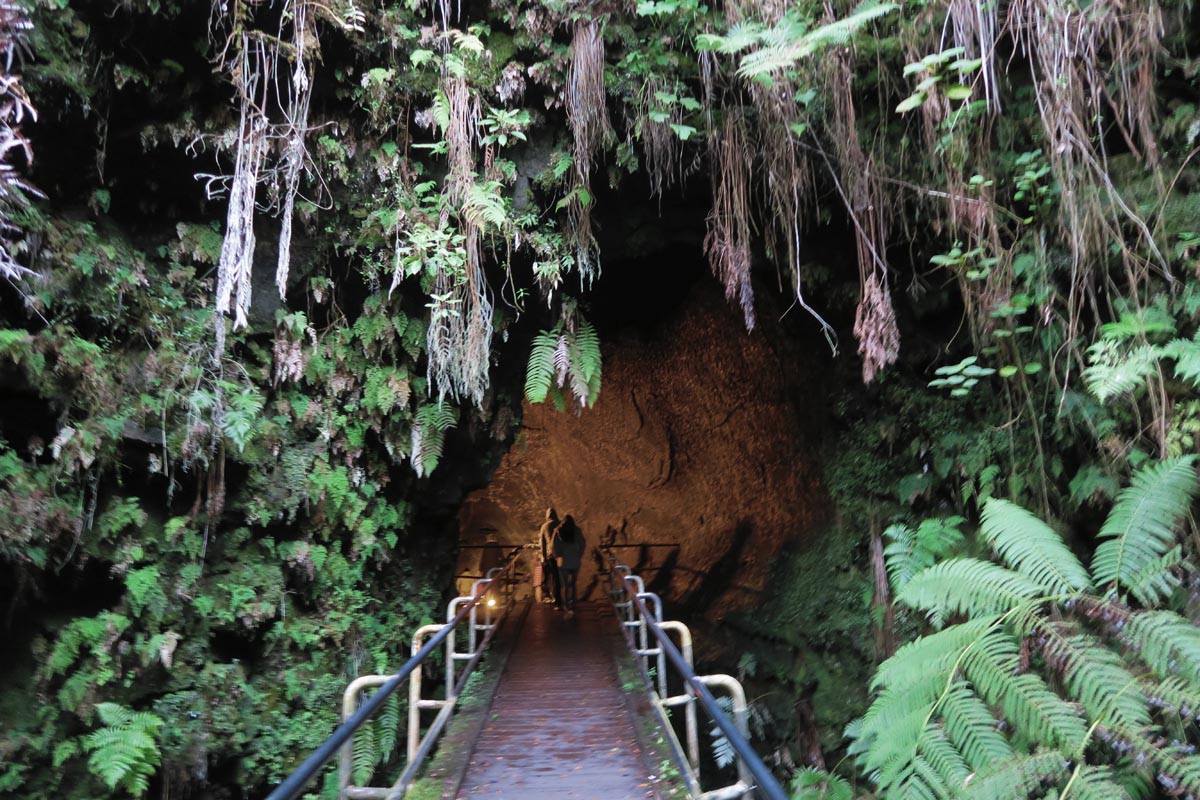
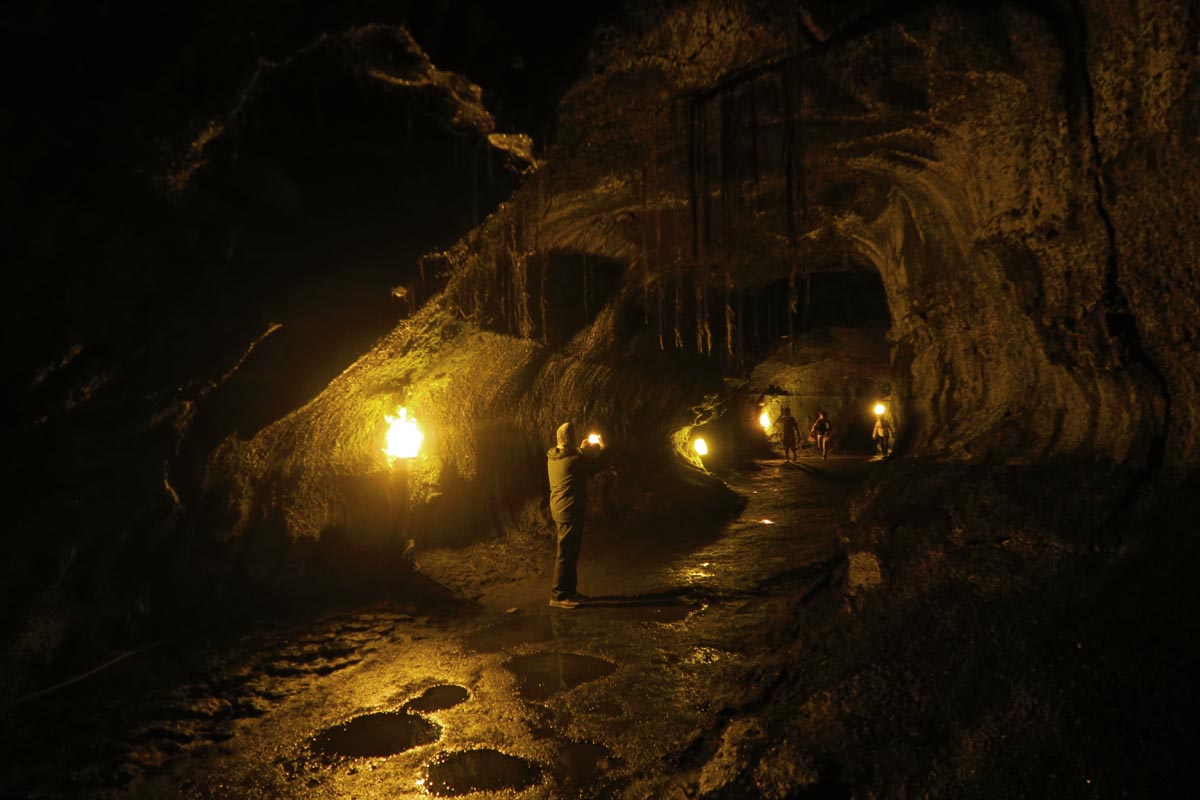
Chain of Craters Road
The scenic 20-mile Chain of Craters Road is another must-do activity in the park. It’s a paved road dropping the slopes of Kilauea and the rugged Pacific Ocean coastline (90 minutes return without stops). On the way, stop to check out several small craters, but the scenic highlights begin with the gradual descent via a not-so-ancient lava field. The views are surreal; you can stop and walk on parts of the lava field for close inspection.
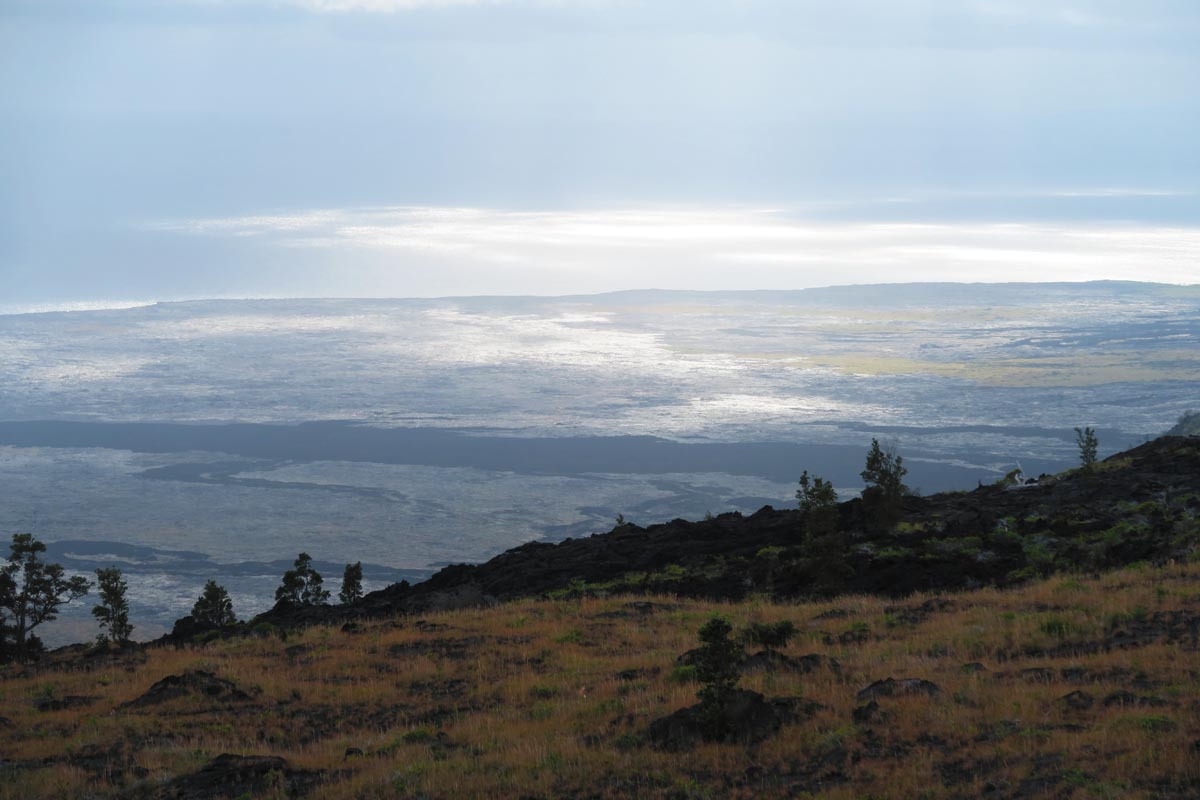
Towards the end of the road, you’ll reach the Pu’u Loa Petroglyphs. This short and easy hike (2.5km return) brings you to a viewing area where ancient Hawaiian petroglyphs decorate the basalt boulders.
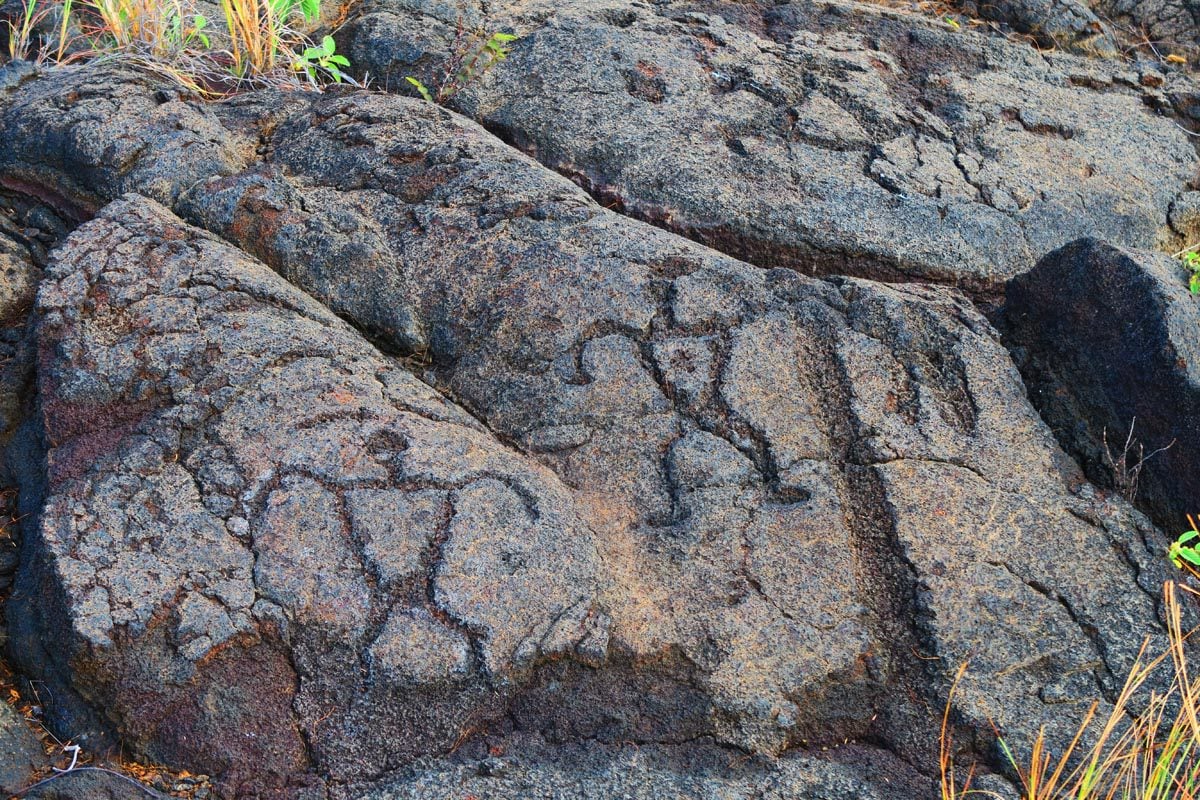
At the very end of the road, you’ll likely see steam rising into the air in the distance. This is the current Kilauea lava flow meeting the Pacific Ocean. It might be possible to hike very close to that spot from here (10 miles each way).
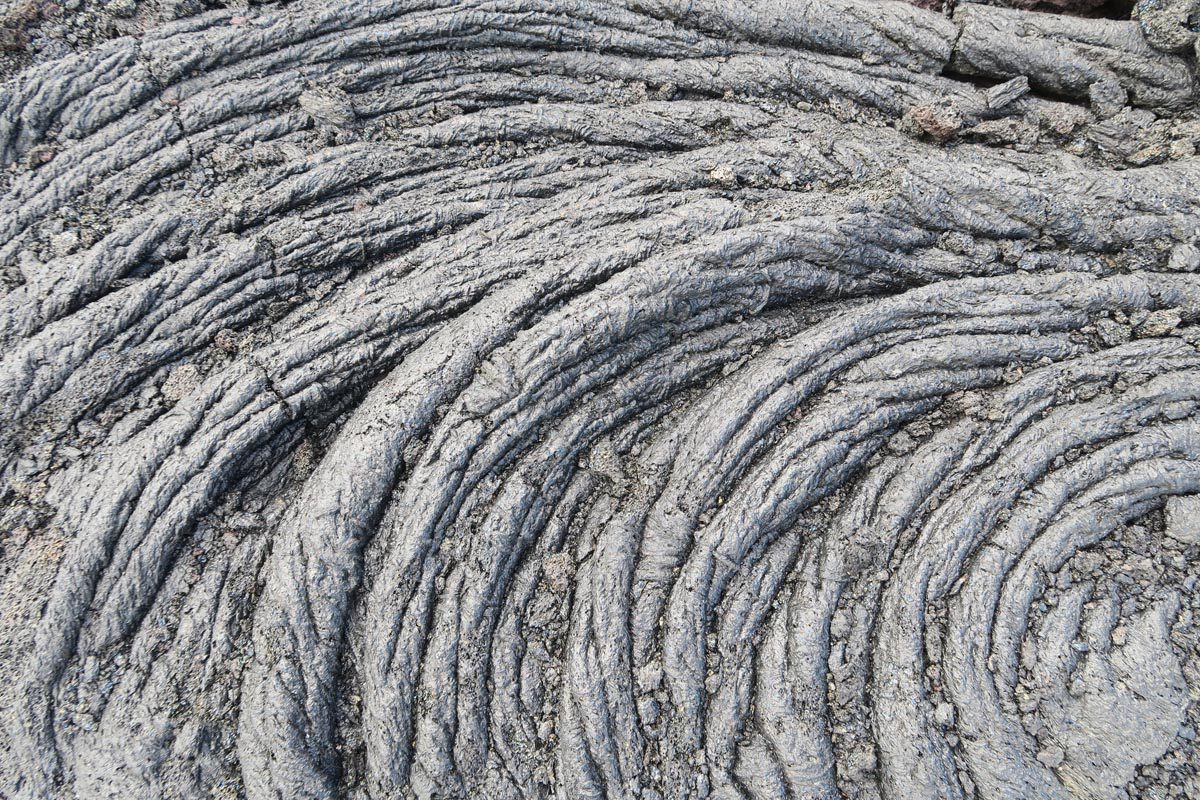
From the end of the road, it’s a very short walk to the Holei Sea Arch, an impressive rock formation shaped by millennia of waves. From here, you can often spot humpback whales (in season). There is also a small ranger station, toilets, and a modest snack bar.
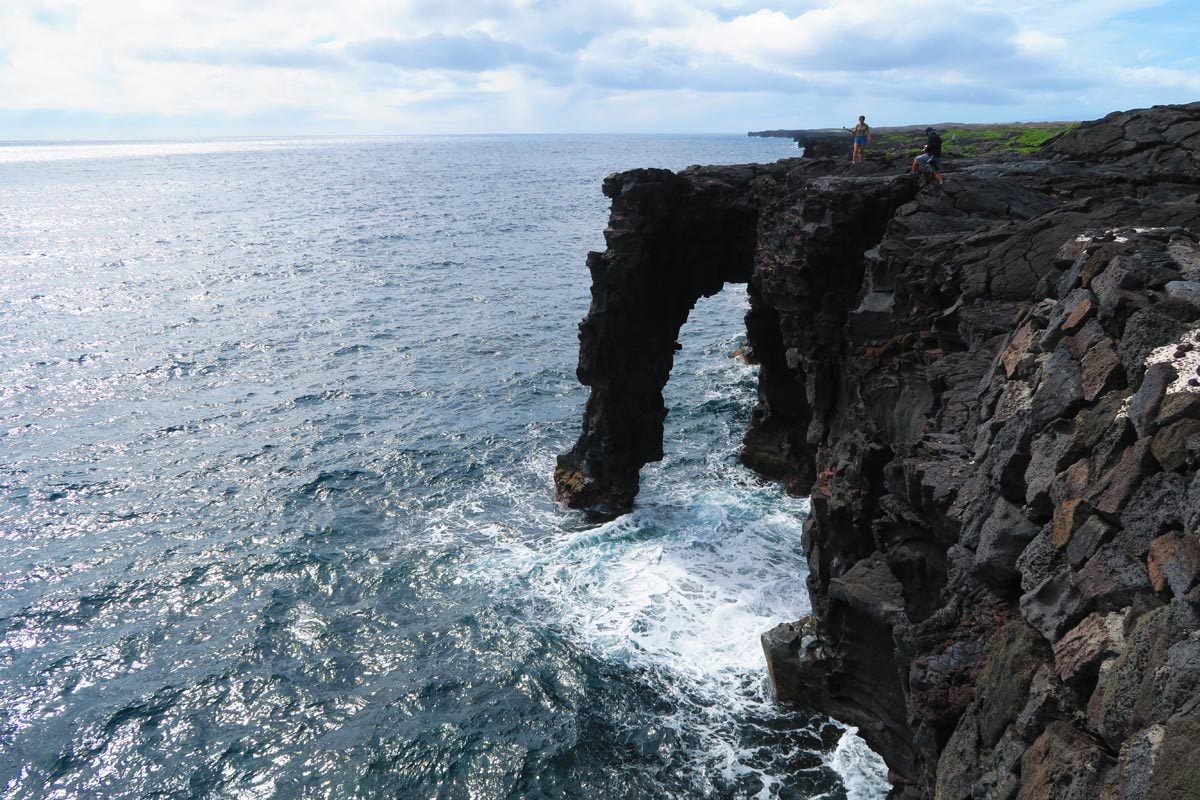
Sunset and Lava
By now, it‘s late afternoon and almost time for sunset. Check with park rangers or the visitor information center about the best place to watch the sunset and possible lava activity. The Jaggar Museum used to be an excellent spot, but it’s closed following volcanic activity. See if viewing the Kilauea Caldera and the Halema’uma’u Crater is possible. This is the residence of the fire goddess Pele, a paramount figure in Hawaiian legends.
